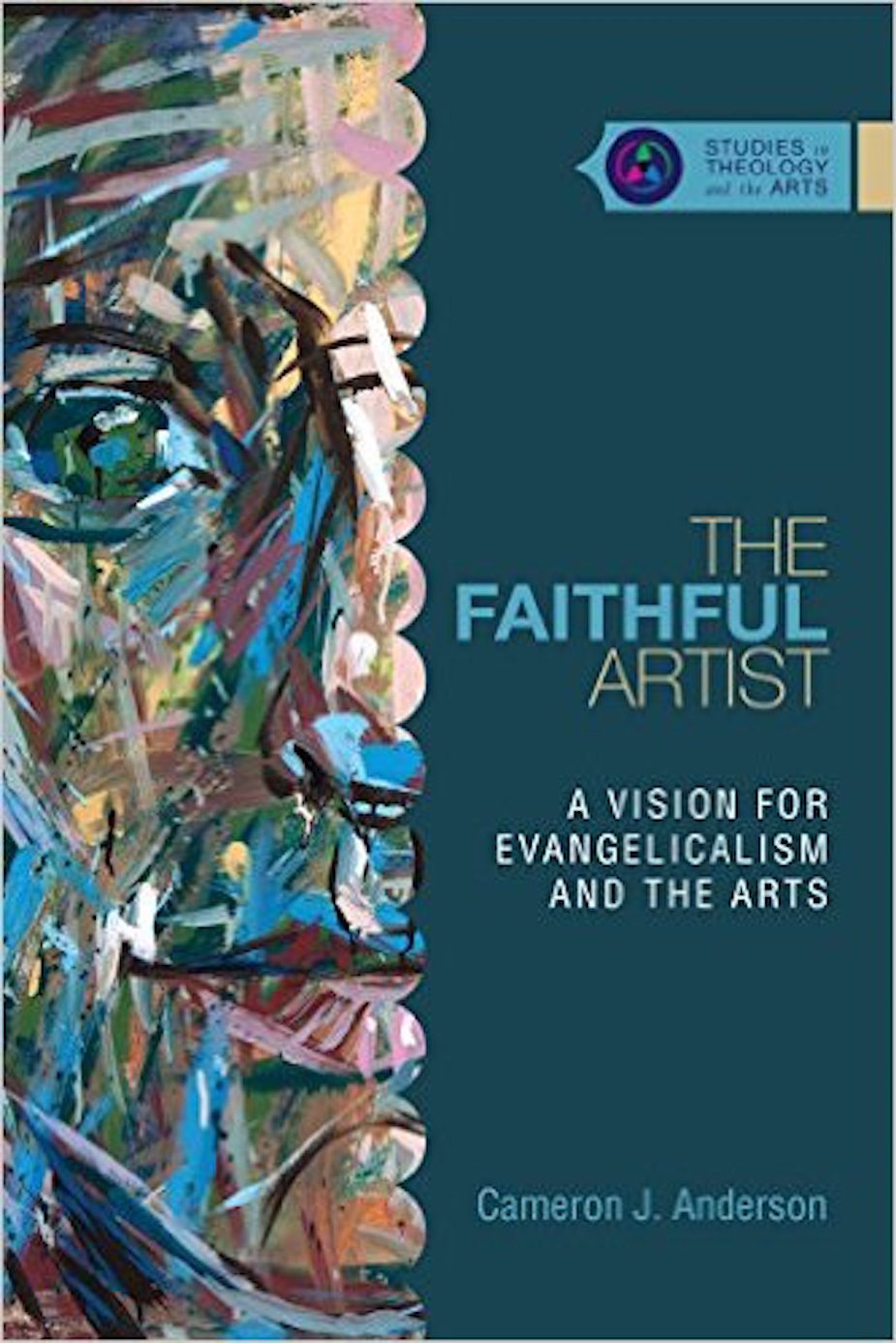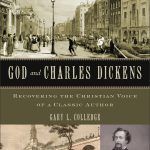The desire to make art—even just to decorate your home—is a uniquely human undertaking. This urge appears to be universal, cross-cultural, and pan-historic, something affirmed by both archeology and anthropology.
Humanity has an art-shaped void that demands filling. From the kitsch of Pigeon Forge to the triptychs of the late Middle Ages to the tattoos of the South Seas, we don’t settle for the purely functional. We want pleasing shapes and textures. We want posters and prints to hang on the walls of our dorms and offices.
We don’t merely have an art-shaped void, of course. Both Augustine and Pascal observed that we have a restlessness only God can satisfy, a lack only he can fill.
Cameron J. Anderson’s The Faithful Artist: A Vision for Evangelicalism and the Arts taps into this double vacuum. Anderson, an artist and director of Christians in the Visual Arts (CIVA), brings an expert’s passion to bear in an effort to broker peace between evangelical theology and the secular art world.
Christian and Artist
Earlier this decade, avowedly atheist critic Camille Paglia declared that “the route to a renaissance of the American fine arts lies through religion.” This widely shared essay challenged the art world to avoid a crass materialism that will leave no cultural legacy. The essay’s climax could actually be a template for Anderson’s thesis but from an opposite perspective, with Anderson criticizing the evangelical tendencies that likewise leave no cultural legacy.
Anderson moves briskly in each chapter, covering numerous subjects:
- a survey of the body’s aesthetics
- a tour of the role of the senses in our lives and our cultures
- the role of censorship and piety
- the importance of images to human culture
- the trademarks of contemporary art
- the spiritual necessity of beauty
In the end, he calls us to embrace a theologically informed aesthetic that encourages artists to live out their vocation before God.

The Faithful Artist: A Vision for Evangelicalism and the Arts
Cameron J. Anderson
The Faithful Artist: A Vision for Evangelicalism and the Arts
Cameron J. Anderson
Art and Theology
Anderson’s most important work lies in exploring the abiding contrasts between art and theology. He notes repeatedly how, in the wake of evangelical theology’s embrace of Enlightenment sensibilities, we tend to occupy a world that’s been demystified just as much as the art world has created a space that’s been desacralized. The book is a constant reminder that, in many ways, this is a dialogue between rivals, for art would give theology the boot to supplant the Creator-God with the creator-man, even as theology would suppress the graven image for the mystery of the deity. As he writes,
[A]rt is no more eager to submit to religion than religion is willing to yield to art. . . . [E]ach camp exerts pressure on its practitioners to abandon pursuits that lie beyond the parochial interests of their guild. (13–14)
Art museums fancy themselves as the new sacred spaces, while many evangelical churches jealously remind to “be careful, little eyes, what you see,” as the children’s song says.
At every turn, Anderson is a thorough apologist—advocating for the art world in one direction and for evangelicals in the other. He holds out high standards for both, essentially cheering each crowd to understand the other’s value. This is particularly true when it comes to the incarnation, which is central to art and Christian theology: “Apart from Jesus’s corporeality in time and space, the gospel is not the gospel” (80)—and, of course, art without physicality isn’t art. This makes Anderson’s concerns about a thoroughgoing iconoclasm quite thought-provoking, especially given his survey of biblical examples and evangelical cultural artifacts.
Evangelicals may often ask, “Is contemporary art beyond redemption?” But the better question, the one Anderson presses us to consider, is different: “Are artists and critics, especially contemporary ones, beyond redemption?” The answer, of course, is no—though they may be at risk since those who know the gospel have too often abandoned this community, this lost people group. Certainly there’s a need for those who wish to learn the language of artists, to learn their culture and to fall in love with their tribe, whose individuals have a God-shaped void that can’t be filled with aesthetics.
Relentlessly Hopeful
I suspect that there are three audiences for The Faithful Artist.
First, artists and aspiring students who are trying to make their way in the thicket of the contemporary arts culture and academy will find significant encouragement in their callings.
Second, interested thinkers who care about theological overlap with other areas of life will find a helpful survey of the theological and aesthetic issues in play.
And third, I hope pastors and theologians—who might quibble over subtleties the non-theologian author admits are not his strong suit—will prove to be gracious readers, overlooking any perceived flaws and emphasizing the definite opportunities Anderson identifies.
The Faithful Artist is a relentlessly optimistic book because it believes in the gospel’s hope for all people.

































